Do Our Ears Get Bigger As We Age?
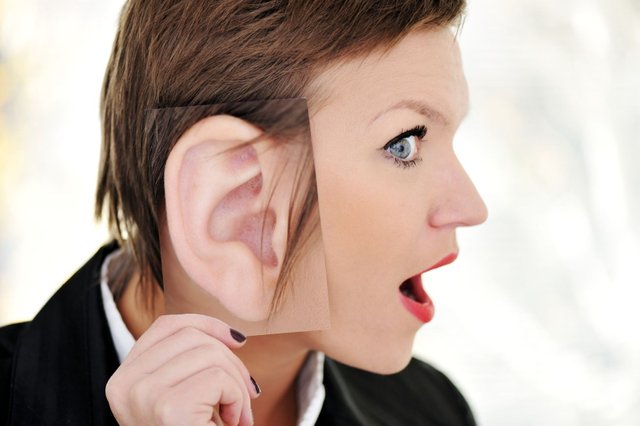
Introduction
I remember attending a medical course a while back where the question came up of whether ears continue to get bigger as we age.
I think there is a widely held belief that they do and I suspect most people have anecdotal evidence in their own experience of older men in particular having larger ears.
That is not scientific research though and I wanted to see what if any literature there was on this subject.
I did manage to find a few studies but sadly most of them are not easily accessible.
Luckily one of the larger and more recent studies by Sforza et al. [1] is available on the DeepDyve subscription site.
NB - If you are not interested in reading about the study just scroll down to the "Conclusion" section to get the TLDR version.
The Study
1. 843 Caucasian Italians aged 4-73 (see table below).
2. 497 Male and 346 Female.
3. Subjects with a history of trauma, abnormalities or external ear pathology were excluded.
4. Anatomical points on subject ears were marked and digitised by computer (see image below).
5. Digitised points were then analysed to measure ear size and dimensions, ratios of length to width, area, angles and symmetry.
6. The 18-30 Age Group was used as the reference adult group to compare sizes with.
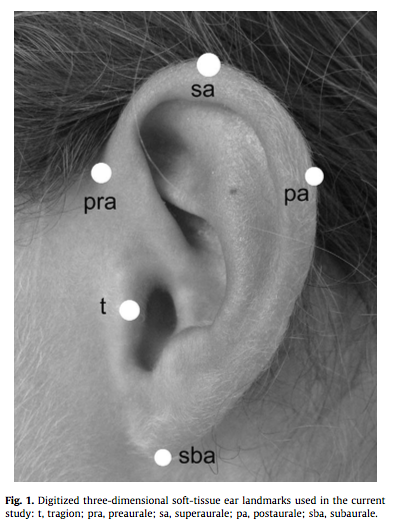
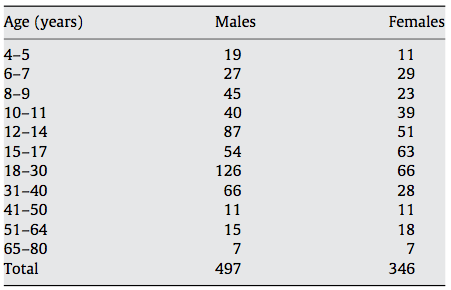
Results
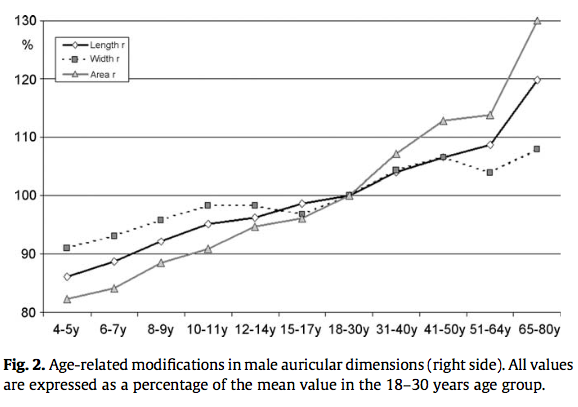
1. Male Ears were generally larger than female ears.
2. Ears were smaller in childhood compared to the 18-30 adult reference group (length 90% in girls, 84-86% in boys aged 4-5 yrs) as one would expect.
3. Interestingly 15-17 yr old girls had longer ear length than the 18-30 group.
4. Ear Length, width and area increased in both sexes after age 30.
5. Generally ear length increased more than width, 3.2 times more in women, and 2.8 times in men.
6. Mean ear area (right) in Females at 18-30 was 927.30 mmsq, at age 65-80 was 1146.05 mmsq, a 24% change.
7. Mean Ear area in Males (right) at 18-30 was 1117.09 mmsq, at age 65-80 was 1451.66 mmsq, a 30% difference.
8. There also appeared to be some age related differences in measures of symmetry and angles in men particularly.
9. Positional asymmetry between both ears in both sexes was also noted.
The TLDR of the results - OLDER PEOPLE have bigger ears!
How Does This Fit With Other Research?
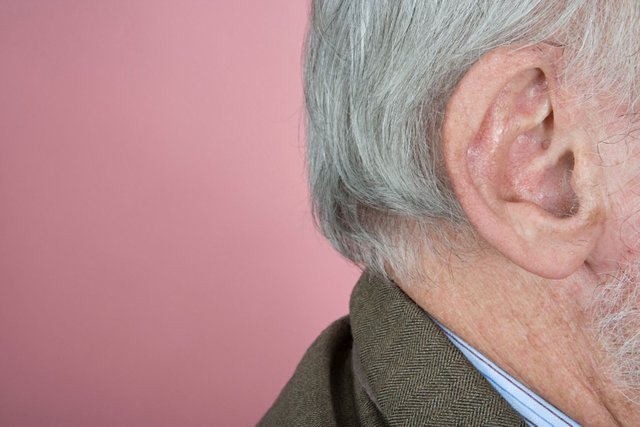
These results are certainly consistent with previous and other research.
The authors themselves cite several studies that apply to a variety of racial groups and are also consistent with their findings.
Although I was not able to access all the full papers I did have a quick look to see what I could find.
Due to time constraints I focused on more recent papers:
A study by Ferrario et al [2] reported the same finding of ears being larger in men than women and larger ear sizes in older individuals of both sexes.
Eboh [3] found a similar gender difference in size along with similar differences based on age in Nigerian individuals.
A 1995 study by Heathcote [4] in 206 general practice patients from the British Medical journal also shows similar relationships with age and ear length.
In a response to the Heathcote research Asai et al [5] presented their own findings in research carried out on primary care patients in Japan.
This study was notable because it tried to eliminate a possible confounding factor i.e. height which might influence the results.
They found that after adjusting for height the correlation of increasing ear size with age was even greater.
Problems
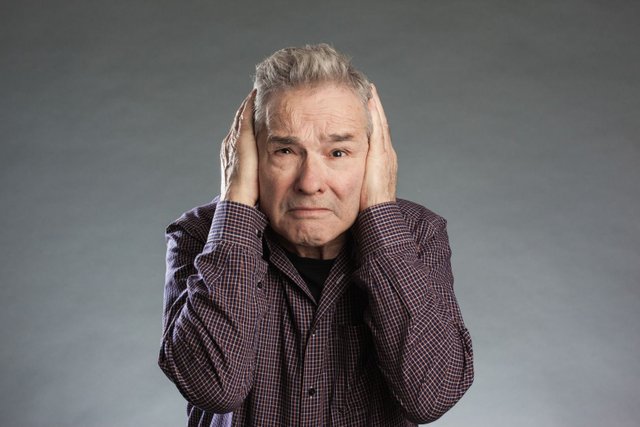
We should be careful though.
These studies and as far as I can ascertain the others to which they refer measure ear sizes of different individuals at a particular point in time and find that the older people have larger ears.
This is not the same as definitively saying that ears get bigger with age.
This is the age old problem of correlation NOT being the same as causation and is the major problem with this research
- i.e. older age may correlate with larger ears but may not be the cause.
It may be that in the past for some reason people had bigger ears and some as yet unknown factor is causing them to change in size between generations.
The only way to know for sure would be to follow up a group of people over a longer period to confirm that people's ear's are actually increasing in size.
One final point is the use of a single racial group in this study. To be honest I don't think this is well explained in the paper - it may just be that the area that they were studying had less racial diversity.
It is not a huge problem since other research has shown similar correlations in other racial groups (which the authors themselves cite).
Anomaly in the Data?
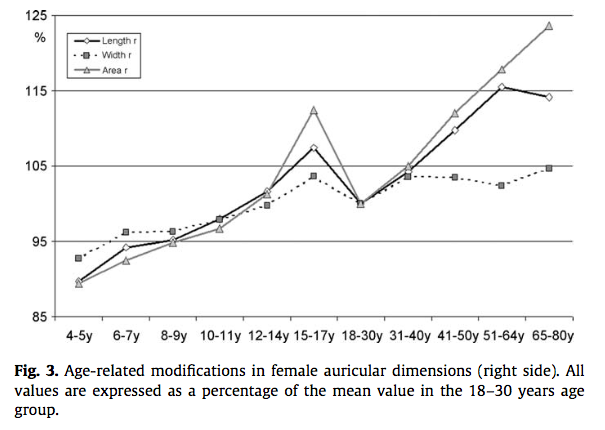
An interesting anomaly in the data showed larger ear sizes in 15-17 year old girls (compared to the 18-30 group).
The authors mention this but don't really discuss it in any detail.
I am wondering if this could relate to ear piercing and the wearing of earrings? Could it also relate to a particular recent fashion for larger or heavier earrings?
There could also be other factors involved e.g. other cultural practices in this generational group, some environmental factor, illness disease etc.
It could also just be some kind of artifact that exists only in this particular population.
It would be interesting to see if further research replicates this blip in the data. Unless I have missed it I did not see any reference to it in any of the other research.
Why Would Ears Get Larger With Age?

A few theories have been put forward:
Ears start to sag and lose elasticity with age (much like many other tissues). The fact that length differences are greater would support this due to the effect of gravity.
Ears are primarily cartilage and it has been hypothesised that they may continue to grow throughout life.
Both this and previous studies suggest a faster rate of increase in men vs women. This would suggest a hormonal component to the change which may bear relation to either point 1 or 2.
A study by Isamu et al [6] supports age related changes that are more consistent with the first theory:
On morphological examination by light and electron microscopy after orcein staining, elastic fibers in the cartilage were almost homogeneous in diameter and surrounded the cartilage lacuna in bundle-like fashion in young persons,whereas those in elderly persons were heterogeneous in thickness and had many fragments surrounding the territorial matrix. In elderly persons, collagen-like fibers and small vesicles with heterogeneous electrondensity were frequently observed near elastic bundles around the territorial matrix.
Basically in the younger ears the elastic fibres were in a tidier and tighter arrangement. Fibres in the older ears had more damage and were less regularly arranged.
This suggests age related degenerative changes - sagging and loss of elasticity as the main difference.
Conclusion

The research suggests that older people DO have bigger ears and this is supported by multiple studies.
Further it is likely that these changes in size are due to age related degenerative changes in the cellular structure of the ear rather than conventional growth.
Whilst this suggests that ears get bigger as people age it would require a different type of study, namely a prospective study (where people are followed up over time) to confirm it.
References
Sforza, Chiarella, Gaia Grandi, Miriam Binelli, Davide G. Tommasi, Riccardo Rosati, and Virgilio F. Ferrario. 2009. “Age- and Sex-Related Changes in the Normal Human Ear.” Forensic Science International 187 (1-3): 110.e1–7.
Ferrario, V. F., C. Sforza, V. Ciusa, G. Serrao, and G. M. Tartaglia. 1999. “Morphometry of the Normal Human Ear: A Cross-Sectional Study from Adolescence to Mid-Adulthood.” Journal of Craniofacial Genetics and Developmental Biology 19 (4): 226–33.
Eboh, D. 2013. “Morphological Changes of the Human Pinna in Relation to Age and Gender of Urhobo People in Southern Nigeria.” Journal of Experimental and Clinical Anatomy 12 (2). Medknow Publications and Media Pvt. Ltd.: 68.
Heathcote, James A. 1995. “Why Do Old Men Have Big Ears?” British Medical Journal 311 (December). http://www.medicine.mcgill.ca/epidemiology/hanley/tmp/surveys/bigears.pdf.
Asai, Yasuhiro, Manabu Yoshimura, Naoki Nago, and Takashi Yamada. 1996. “Correlation of Ear Length with Age in Japan.” BMJ 312 (7030). British Medical Journal Publishing Group: 582.
Ito, I., M. Imada, M. Ikeda, K. Sueno, T. Arikuni, and A. Kida. 2001. “A Morphological Study of Age Changes in Adult Human Auricular Cartilage with Special Emphasis on Elastic Fibers.” The Laryngoscope 111 (5): 881–86.
Thank you for reading

Before you go have you filled in the Coinbase form to list STEEM? It only takes a few seconds. THIS POST shows you how.
If you like my work please follow me and check out my blog - @thecryptofiend
Uncredited Images are taken from my personal Thinkstock Photography account. More information can be provided on request.

Maybe it is because they lost their heir... Nice post
Lol:)
I guess our ears and nose keep growing bigger as time goes by as a result of our evolution. It would have been a long time trialled and fully tested mechanism to allow us better access to food sources and protection, especially as these old ancestors of organs have been at the very base of our survival...
Thanks for the great education and sharing, namaste :)
It is more likely due to slackening of tissues as a result of ageing rather than actual growth.
LOL! I hear you! It made me wonder whether the slackening of these tissues in the fashion that they are slackening had, at least in part, be brought forth through evolutionary processes to promote a longer potential of survival, especially in relation to hearing: As we get older we have weakened hearing, thus if the ears are bigger, they promote a certain percentage of compensation for the loss... I'm still giggling... Thanks for your genuine and kind answer.
All for one and one for all! Namaste :)
Whoa! I had no idea our ears did anything remotely like this!
Glad you learned something new:)
The nose also grows your entire life.
Possibly but I think it likely it is the same slackening effect.
Nice article. Though in my case my ears were large when I was a child, large ears in children were very common in the 1960's. Though it seems relatively rare now. I notice you have been flagged, why would anyone flag an article about scientific research into ears?
Yes thee is someone going round flagging indiscriminately.
I was really amazed that they spend money to see if ears grow as people get older, to me this is throwing money away, you just have to look at older people and you can see their ears are larger, also their noses.
Mine are already larger and I'm 55 wait until I get to 75 (if I do get there).
hopefully you will get there, but if God forbidden you didn't make it don't worry , apparently there is nothing fancy down the road :)
You don't know until you do the research. So it is not throwing money away IMO. This may help with identifying people who are victims of crimes.
Ok, we don't agree there, what I'm saying is I can see the difference visually without measuring, I know a lot of guys who are now in their 70's, whom I have known for say 40 years, and I have seen their ears growing as the years have passed, and I'm not talking about one person, so I think researchers should start from the fact they do grow larger and do their research from there. This is obvious, you don't need to experiment.
That's not how proper research works though.
Well if you look at it from a research point of view, the one you quoted is not so good, because to prove ear growth you would have to take a number of subjects through their lifetimes to see if their ears grew, what these guys did was measure ears from people of different age groups and came to a conclussion from this, suppose the older guys had big ears to begin with or the younger guys had small ears, the results would not be reliable.
Any way I did like the article I just disagree with you on spending money on this research.
Yes, you are right I missed your comment about , I do sometimes read too fast.
Lol yes I wrote that in the post! I am not telling you off I am just explaining that in the real world you can't always do the ideal study so it is not wasting money as such.
You can't always find the money or the willing volunteers to do the research that you want. It often has to be done in an incremental way.
So yes a prospective study would be better but there are all sorts of problems like cost and time why it may not be feasible for the researchers.
Luckily I didn't do the study or pay for it. I can imagine it was pretty boring photographing hundreds of ears:)
and I thought it was just my head shrinking.. geez!
That might be happening too!
that is exactly what you need when you are 70, bigger ears :D
so basically when you age everything in your body gets messed up, can't wait :)
Sadly it seems that way!
I was about to comment and say something... and then I read your last sentence:
This is what I want to know next ^^
I think it is unlikely we will get it due to the cost though. Another thing I have considered is that multiple cross-sectional analyses of this sort at different times could be combined as an alternative.
That would indeed be a cheaper option :)
Yes and normally with medical research the cheaper option is what gets done.
Maybe our heads shrink and our ears stay the same size. :)
Lol they measured actual ear size though!